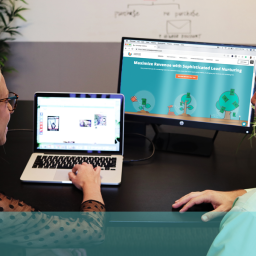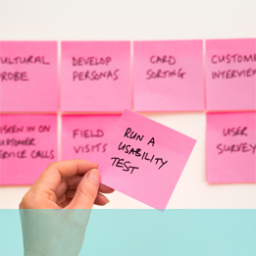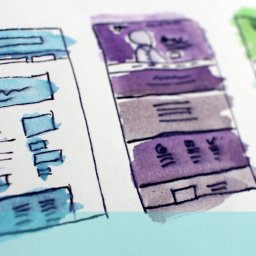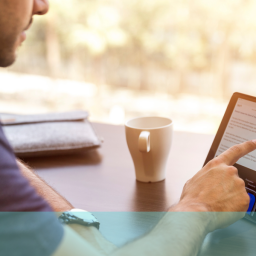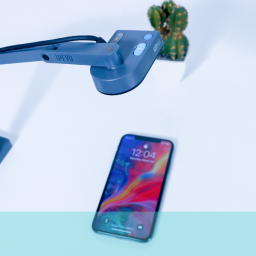
Usability testing in people homes is becoming a more common technique in usability research as the artificial environment of lab testing becomes less suited to the integrated and diverse ways that users interact with technology and the web. In-home research does, however, pose difficulties of its own – from the potentially intrusive nature of the intervention to the restrictions on space and time that it inevitably dictates, there are issues the researcher needs to address both before and during the process. Here are five tips on undertaking this type of usability study:
- Make the subjects feel comfortable and safe: having strangers in your home watching your every move can be unsettling and difficult. You need to do everything you can to make your hosts feel comfortable about the process. This can include pre-research visits or contact with the team so the subjects feel they know them before the intensive part of the usability study; utilising two-person male/female teams to protect both the team members and the family and giving the participants plenty of advance notice of what is going to happen and what is expected of them, so there are no unpleasant surprises or awkward situations.
- Be professional and organised: don’t turn up late and apparently unprepared. Make sure everything is determined and agreed beforehand and you have a good idea of what you are going to do and how. Decide what equipment and techniques you are going to use and plan and practise how this is going to work to make the usability testing experience as smooth and non-disruptive as possible. Be as minimalist and contained as the job allows.
- Be aware that you are guests: always try to bear in mind that you are guests in someone’s home and act accordingly. Get permission to do things, set up equipment, move around etc. Check before you start that they are happy with the sorts of things you are going to be doing and places you want to go. If you are recording make sure they feel comfortable with it and give them a while to get used to the idea. Respect people’s space and privacy as much as the work allows you to.
- Be sensitive to the individual dynamics: every situation and family will be different so, while planning is important, so is adaptability and sensitivity. You will get more natural responses from the subjects and more out of the process generally if you develop a genuine empathy with, and interest in, the people rather than just regarding it as another piece of usability testing research. A more empathic approach might well be the key to turning up those rare and valuable usability insights that makes the process so useful and relevant.
- Use established agencies for recruitment: the main benefit of this is that you gain access to subjects who are already primed and, presumably, comfortable with the process and you get the experience and cache associated with a known and respected organisation which can be useful in establishing credentials and initial rapport.
If you are interested in home user research why not talk to an expert? Give us a ring on 0800 0246247.



